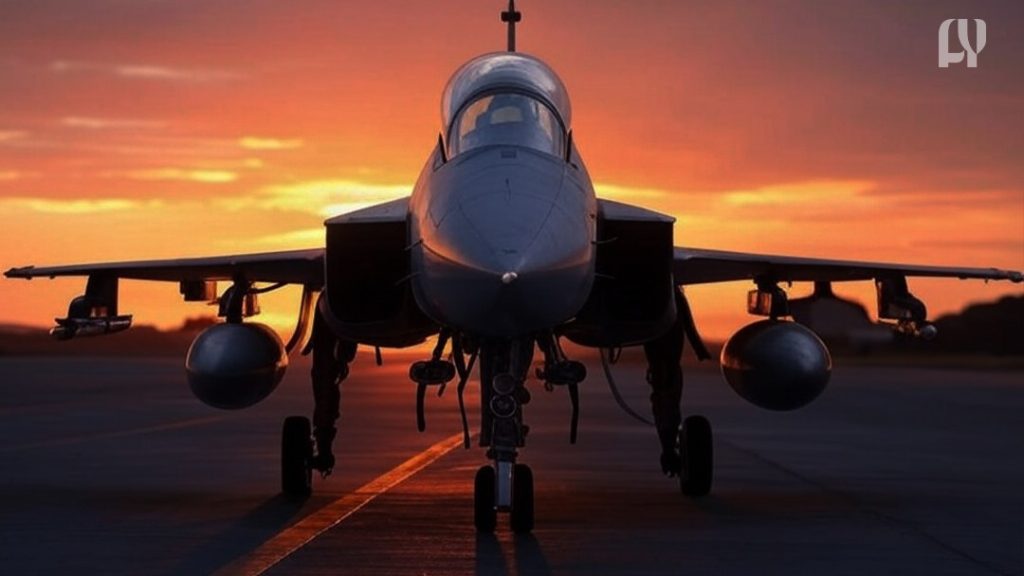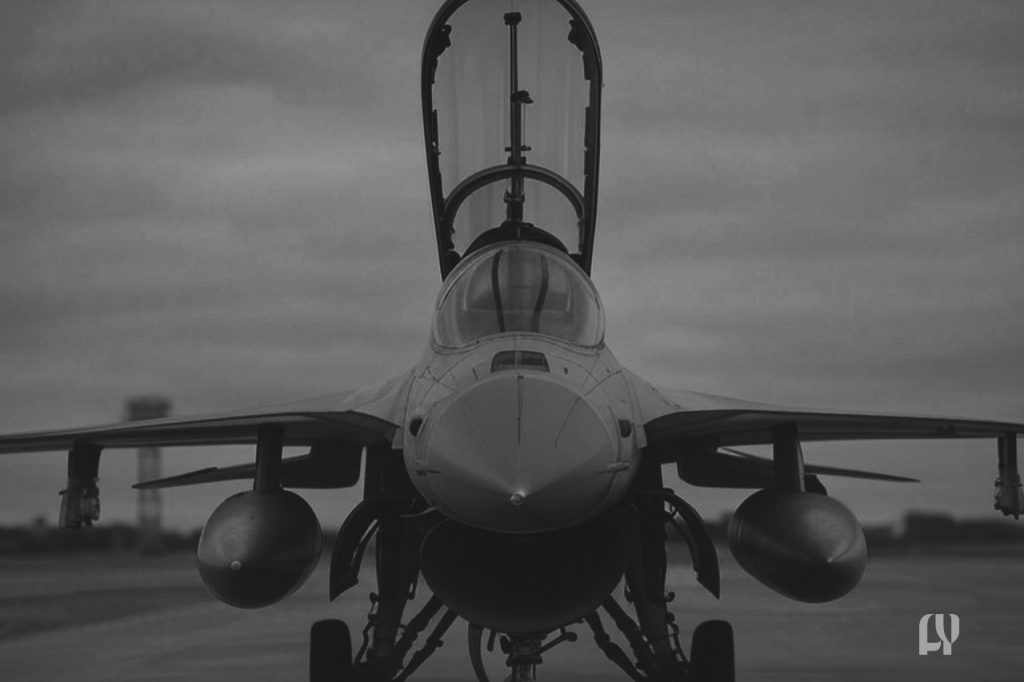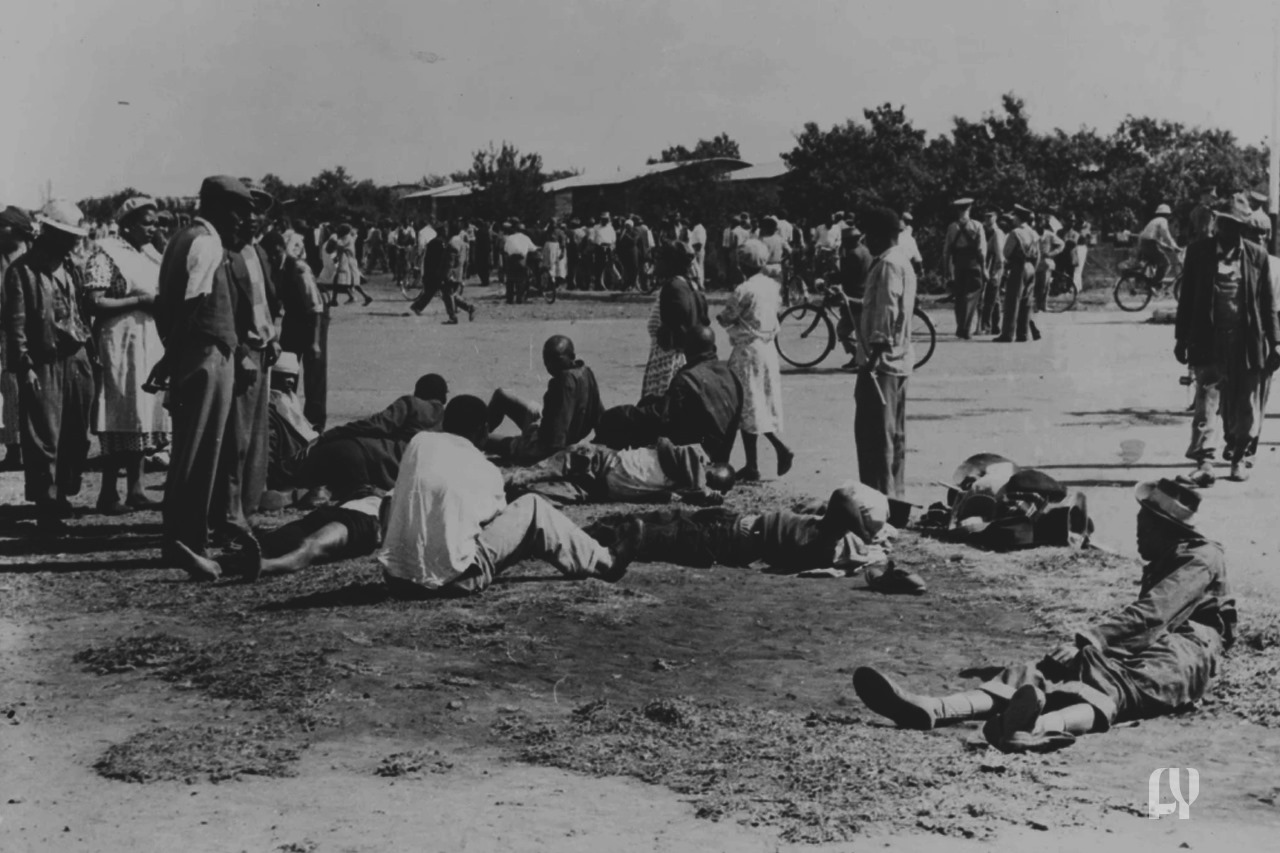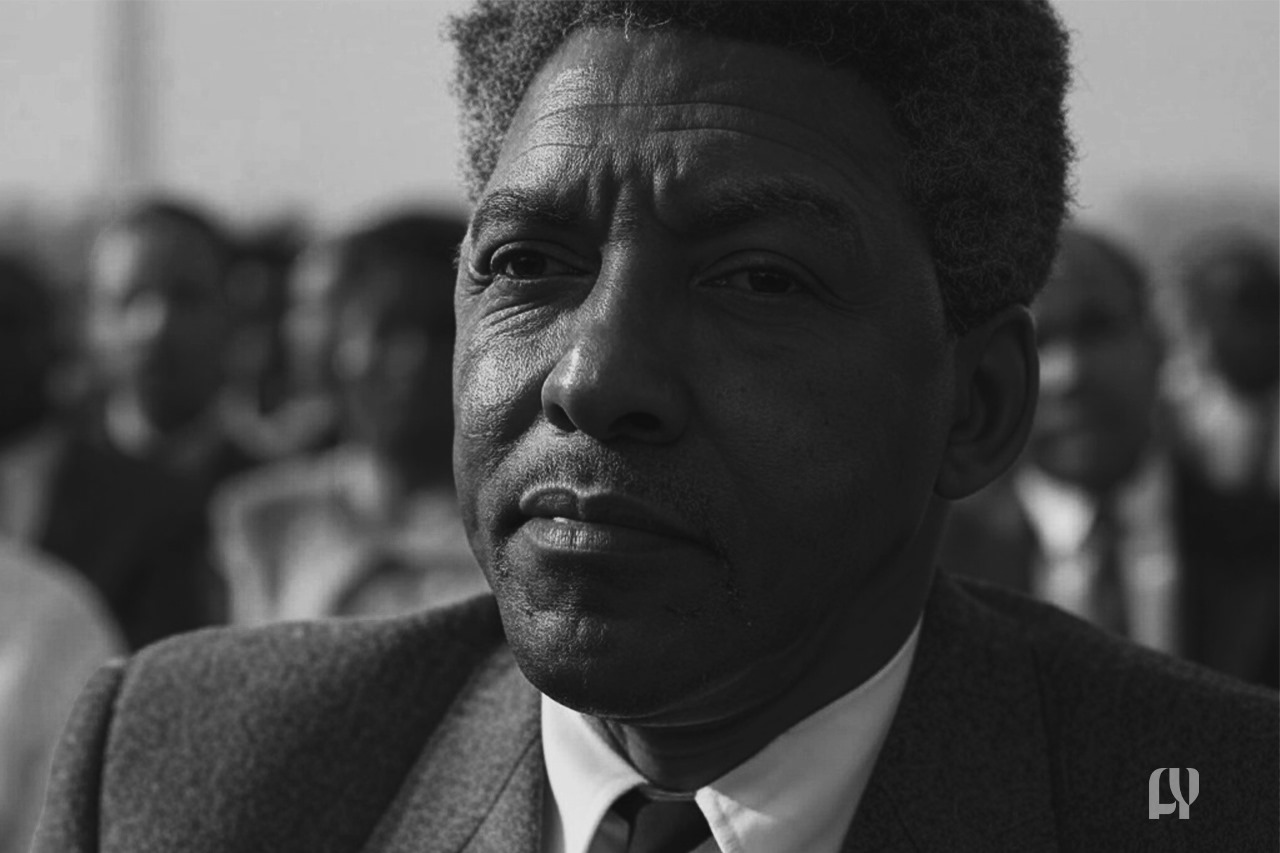SA Air Force (SAAF) Crisis: Only Six Aircraft Operational of 330
It has been confirmed. Only six of the South African Air Force’s (SAAF) 330 aircraft are currently in working order. This shocking revelation has left the nation reeling. This staggering statistic, uncovered in a recent investigation, paints a grim picture of a defence force in tatters. It leaves the country vulnerable and defenceless in an increasingly unstable world. The news has sparked outrage and sadness. It has also left a deep sense of betrayal among citizens. They are questioning how a once-proud military has been reduced to such a pitiful state.
- A Legacy in Ruins: The Collapse of the SA Air Force
- The Human Cost: Lives at Risk
- A System in Shambles: Corruption and Mismanagement
- A Nation Betrayed: The Anger and Sadness of a Defenceless People
- A Call to Action: Rebuilding the SA Air Force
- Conclusion: A Defenceless Nation No More
- Frequently Asked Questions About The SA Air Force Crisis
This is not just a story of broken machines. It is a story of broken promises, broken systems, and a broken nation. The SAAF was once regarded as one of the most formidable air forces on the African continent. It now stands as a symbol of neglect. Mismanagement and systemic failure are rampant. As we delve into this crisis, we uncover the layers of incompetence. We find corruption and apathy that have brought us to this point.
A Legacy in Ruins: The Collapse of the SA Air Force
The South African Air Force has a rich history dating back to its establishment in 1920. For decades, it brought national pride. It played a crucial role in both World Wars. It maintained a strong presence during the apartheid era. Since the post-1994 democratic era, its capabilities have steadily declined. Budget cuts, mismanagement, and corruption have eroded its foundations.
How can we call ourselves a sovereign nation when we can’t even defend our own airspace?
Today, the SAAF’s fleet of 330 airplanes includes fighter jets, transport planes, helicopters, and surveillance aircraft. Yet, only six of these are operational. This means that less than 2% of the fleet is capable of performing its intended duties. The implications of this are dire. South Africa’s airspace is effectively undefended. The country’s ability to respond to emergencies, whether natural disasters or security threats, is severely compromised.
The Human Cost: Lives at Risk
The collapse of the SAAF is not just a matter of national pride. It has real and devastating consequences for the people of South Africa. The air force plays a critical role in search and rescue operations, disaster relief, and border security. With only six aircraft operational, the ability to respond to crises is severely limited.

Consider the recent floods in KwaZulu-Natal, which left hundreds dead and thousands displaced. The SAAF couldn’t deploy enough aircraft for rescue and relief. As a result, many communities were left stranded. They waited for help that never came. Similarly, surveillance aircraft have been lacking in Kruger National Park, which intensifies the crisis of rhino poaching. This absence allows professors to work with impunity.
The human cost of this crisis is immeasurable. Every life lost, every community left vulnerable, is a stark reminder of the consequences of a defenceless nation.
A System in Shambles: Corruption and Mismanagement
The root causes of the SAAF’s collapse are deeply entrenched in the systemic issues that plague South Africa’s public institutions. Corruption, mismanagement, and a lack of accountability have all contributed to the current state of affairs.
Over the years, billions of rands allocated to the defence budget have been stolen. This occurred through corrupt tenders, inflated contracts, and outright theft. Maintenance contracts for aircraft have been awarded to companies with no skill or capacity. This has led to substandard work and further deterioration of the fleet. Meanwhile, skilled technicians and pilots have left the force in droves, frustrated by poor working conditions and lack of support.
The situation is further compounded by a lack of political will to tackle the crisis. Successive defence ministers have neglected to prioritise the needs of the SAAF, opting instead to focus on short-term political gains. The result is a defence force that is not only defenceless but also directionless.
A Nation Betrayed: The Anger and Sadness of a Defenceless People
The news of the SAAF’s collapse has sparked a wave of anger and sadness across the country. For many South Africans, the air force is more than just a military institution. It is a symbol of national sovereignty and security. To see it reduced to such a state is a painful reminder of the broader failures of the post-apartheid state.
On social media, citizens have expressed their outrage, with many calling for accountability and urgent action. “How can we call ourselves a sovereign nation when we can’t even defend our own airspace?” asked one Twitter user. “This is a betrayal of the highest order,” wrote another.
The sadness is equally palpable. Older generations who remember the SAAF in its heyday feel deep sorrow about the current state of affairs. “I served in the air force for 20 years,” said a retired pilot who wished to stay anonymous. “To see what it has become breaks my heart. We’ve lost so much, and I fear we never recover.”
A Call to Action: Rebuilding the SA Air Force
While the situation is dire, it is not irreversible. Rebuilding the SAAF will need a concerted effort from all sectors of society. This includes government, the private sector, and civil society.
First and foremost, there must be a commitment to rooting out corruption. It’s crucial to guarantee that funds allocated to the defence force are used for their intended purposes. This will need strong leadership and a willingness to hold those responsible for mismanagement accountable.
Secondly, there must be a focus on rebuilding the SAAF’s human capital. This means investing in training and retaining skilled personnel, as well as creating an environment that fosters innovation and excellence.
To see what it has become breaks my heart. We’ve lost so much, and I fear we never recover.
Finally, there must be a long-term strategy for modernising the SAAF’s fleet. This will need significant investment, but it is an investment that South Africa can’t afford not to make. A strong and capable air force is crucial for national pride. It is also essential for national security.
Conclusion: A Defenceless Nation No More
The collapse of the South African Air Force is a crisis that can’t be ignored. It is a crisis that addresses broader challenges facing our nation. These include corruption and mismanagement. There is also a lack of political will. But it is also a crisis that can be overcome if we have the courage and determination to act.
We must face this painful reality. Let us remember that the story of the SAAF is not just a story of failure. It is also a story of resilience and hope. It is the story of a nation that overcame immense challenges in the past. The nation has the potential to do so again.
The road ahead will not be easy. Yet, it is a road we must travel. This journey is essential if we are to secure a better future for ourselves and for generations to come. Let us rise to the challenge and make sure that South Africa is never defenceless again.

Frequently Asked Questions About The SA Air Force Crisis
Why are only six of the 330 SA Air Force aircraft operational?
The shocking state of the SA Air Force is a direct result of years of corruption, mismanagement, and neglect. Billions of rands meant for maintenance and upgrades have been syphoned off through corrupt tenders. Skilled personnel have left due to poor working conditions. There is also a lack of support.
How does this affect South Africa’s national security?
With only six operational aircraft, South Africa’s airspace is virtually undefended. This situation leaves the country vulnerable to external threats. It also makes South Africa incapable of responding to internal crises like natural disasters or border security breaches. This defenceless state is a national embarrassment and a serious security risk.
Who is responsible for this crisis?
The blame lies squarely on the shoulders of successive governments. Defence ministers have also neglected to prioritise the air force’s needs. Corrupt officials, incompetent contractors, and a lack of political will have all contributed to this catastrophic failure.
What are the consequences for ordinary South Africans?
The collapse of the SA Air Force leads to slower response times during emergencies. It increases vulnerability to crime and poaching. It also results in a loss of national pride. Every citizen is affected by this failure, as it undermines the country’s sovereignty and safety.
Can the SA Air Force be saved?
Yes, but it will need urgent action, including rooting out corruption, investing in skilled personnel, and modernising the fleet. Without immediate and decisive intervention, the SA Air Force—and, by extension, South Africa—will stay defenceless.




